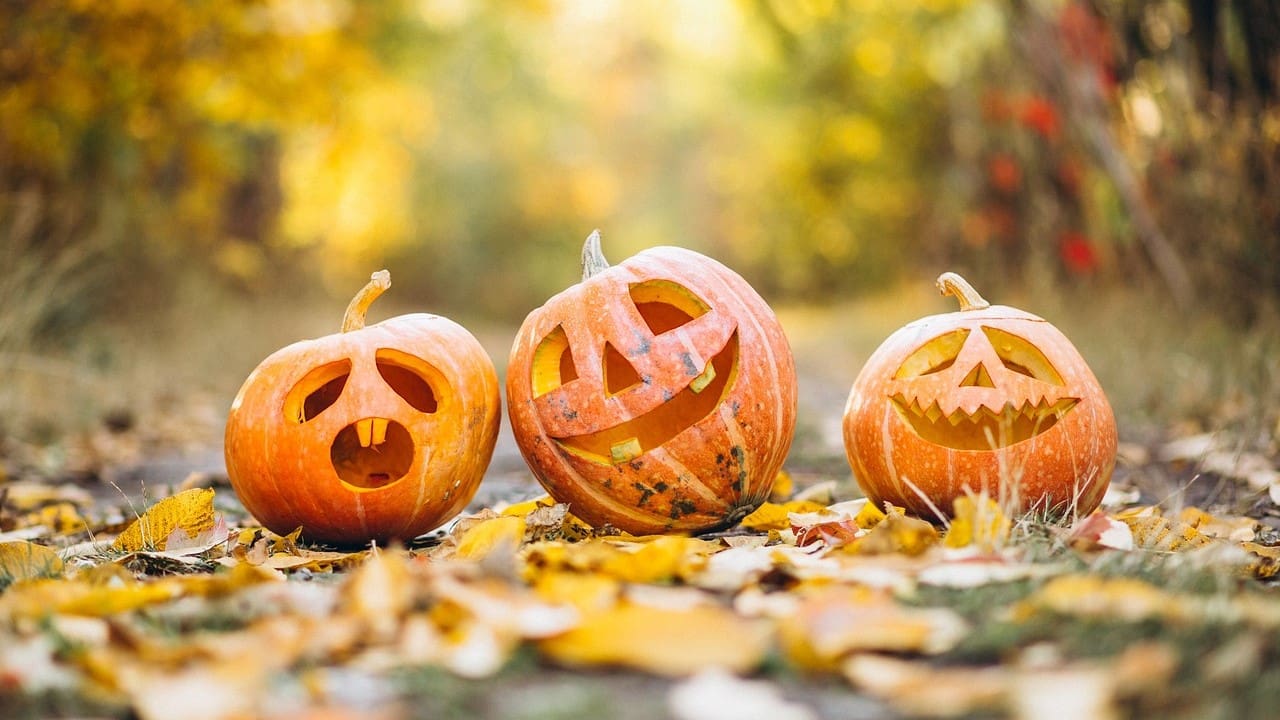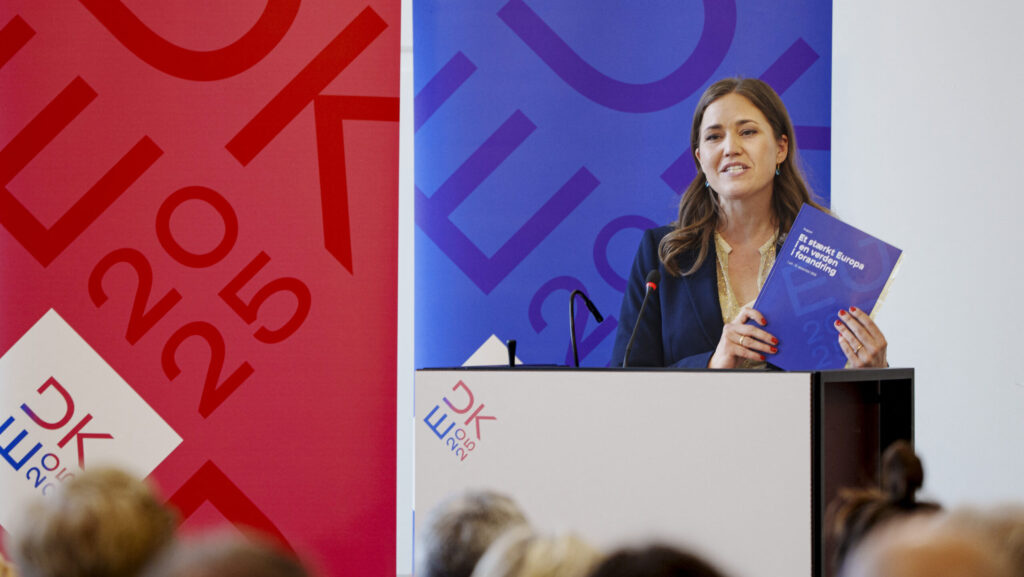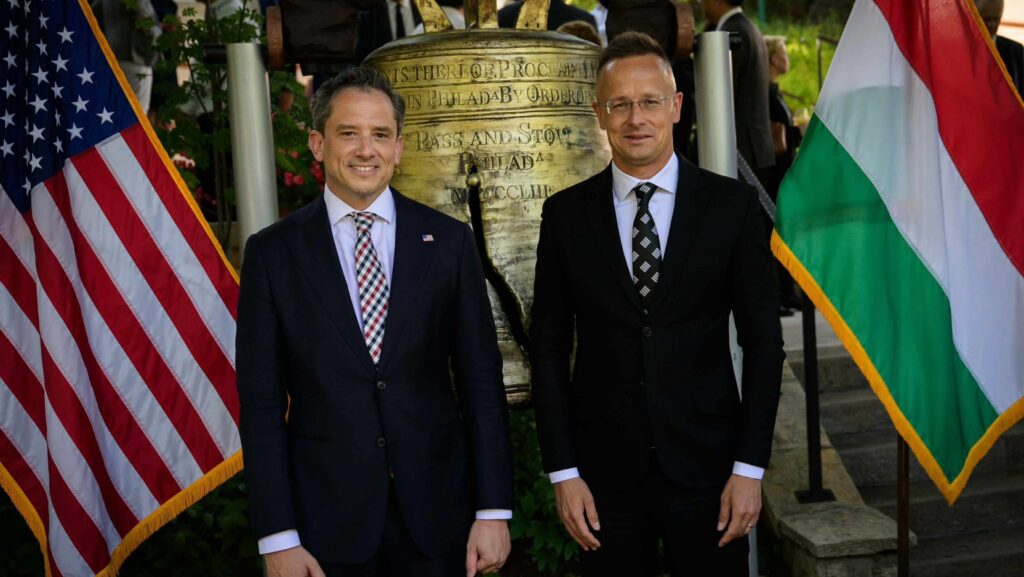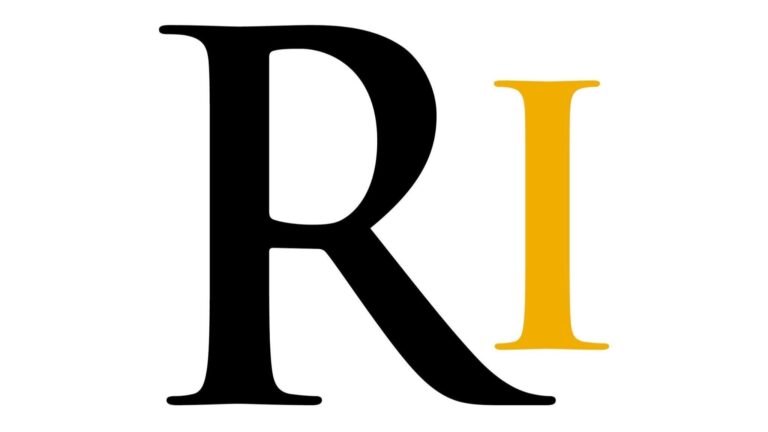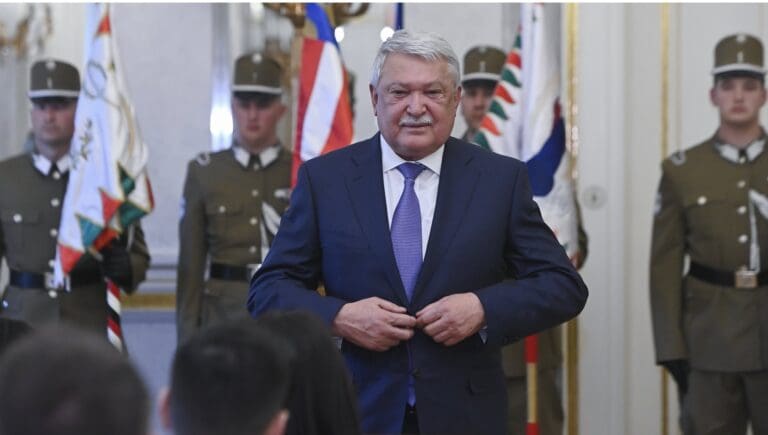On the first day of November, Hungarians celebrate All Saints’ Day, dedicated to the commemoration of all who passed away. Although the Catholic feast was originally dedicated to martyred Christian Saints, it is rather common for Hungarians of all religious denominations to focus their attention on their deceased loved ones. On that day, it is usual for Hungarians to attend cemeteries, clear tombstones and lay flowers, and in some regions even food on the graves of their loved ones, as the folk tradition holds that this day the dead visit the world of the living. One tradition associated with that day stands out as very iconic, as on the 1st of November, it is a common sight in Hungary to see cemeteries being illuminated by candles the relatives of the deceased placed on their gravestones.
The 1st of November is an official state holiday in Hungary and in many other Christian countries.
The 2nd of November is known in western Christian tradition as All Souls’ Day, which is a remembrance day with similar meanings to the previous one, yet still different. It is also dedicated to the dead, however, during that day, the Catholic theology holds that the living must pray for their relatives’ souls in the Purgatory to give them indulgences, and alleviate their sins so that they can go to Heaven. Despite these slight theological differences, gradually, the two different celebrations evolved into general commemorative days for the passed relatives, which are honoured by believers and non-believers alike. Hence, it is common for Hungarians to perform similar rituals on both dates, and the two days have practically blended.
What is interesting with regards to these commemorations is their little acknowledged connection to Halloween,
the US-style celebration of has spread all over the world over the past decades.
Although just like in many other countries, Hungarian shops are also bristling with Halloween decorations, it is widely accepted that Halloween is a foreign tradition, with some claiming Hungarians should not partake in the festivities of a foreign culture, not to mention the fact that especially some Protestant churches in Hungary regard Halloween as an unchristianly, pagan fest. (Protestants in Hungary prefer to focus on 31 October as Reformation Day, rather than Halloween.) Whereas it is true that the current trend of Halloween’s worldwide popularity is very much American-influenced, the connection between the Hungarian All Saints’ and All Souls’ Days with Halloween is much stronger than one may think.
The three aforementioned celebrations are all part of the so-called Allhallowtide, a Western Christian triduum of holy celebrations dedicated to the remembrance of the dead saints, martyrs and all faithfully departed Christians. Halloween, celebrated on the 31st of October, literally means ‘Saints’ Evening’, with the term itself being attested to the Old English. Just like the above-described Hungarian counterparts, Halloween is a day of the period of the liturgical year dedicated to the veneration of the dead, which it shares with the All Saints’ and All Souls’ Days, and this meaning is inherently imbedded in the celebration of Halloween itself. Halloween is a logical predecessor of the two Hungarian festivities, as its sacred meaning revolves around being ‘the evening before the Saints’ Day’. Moreover,
the original pagan essence of Halloween-Samhain surprisingly aligns with the aforementioned Hungarian folk beliefs.
According to these traditions, the boundary between the realm of the living and the world of the deceased weakens during this time of year, allowing the souls of the departed to wander among us.
What is likely not initially Christian-inspired is the paraphernalia of Halloween, including carved pumpkins and witch costumes, which have been probably largely formed by Celtic folk influence, who brought their customs and traditions to the United States. In Hungary, the first day of Allhallowtide, which corresponds to Halloween itself, didn’t have a traditional recognition, possibly because it had originally drawn heavy inspiration from the Gaelic festival of Samain.
However, today, all three consecutive celebrations share the same underlying logic and sacred significance, and Halloween, notwithstanding its initial pagan inspiration, is no longer frowned upon by Western churches, which recognize Halloween as the festive precursor to the celebration of All Saints Day.
Regardless of whether you acknowledge the sacred significance of these described celebrations, they all provide meaningful opportunities to pay honour the memory of your dead loving ones. Our connection to our ancestors endures even beyond their passing and perseveres in the legacy we leave for our children. In our hyper-individualistic era, it is important to remember who we are owing our life to.

